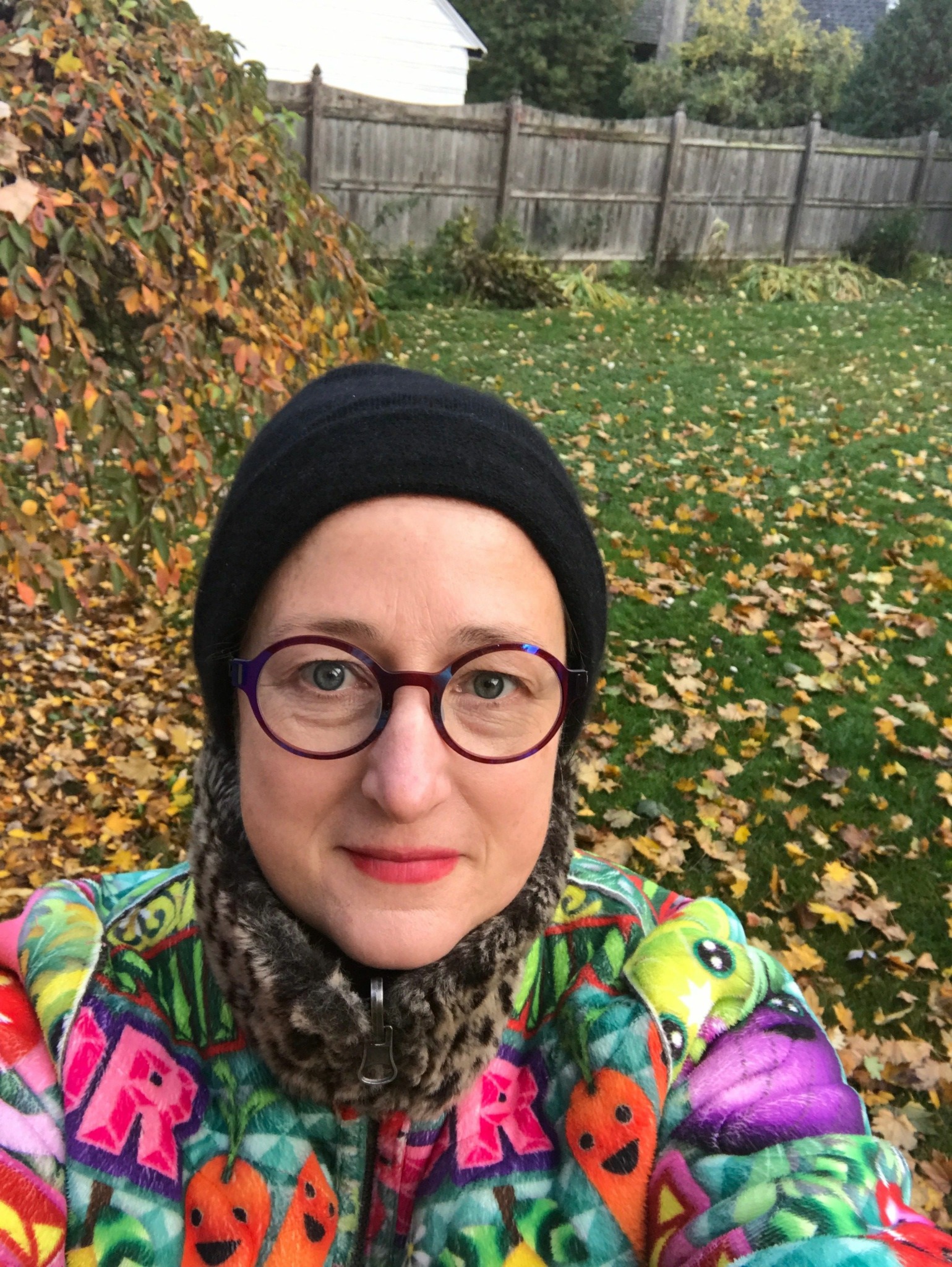Alright – so today we’ve got the honor of introducing you to Julia Skop. We think you’ll enjoy our conversation, we’ve shared it below.
Julia, thanks for joining us, excited to have you contributing your stories and insights. Can you share a story about the kindest thing someone has done for you and why it mattered so much or was so meaningful to you?
As a child, I received incredible support from both my parents and my next door neighbors who were surrogate grandparents. I was raised in a household that valued learning, culture, personal development, travel and the exchange of ideas and free thought. My neighbors Marge and Bill were of a similar mindset and were extremely supportive and respectful of me and my three younger siblings. My family spent many holidays with Marge and Bill and as children we ran down a path through the hedges that separated our two houses!
Although we did not have a lot of money for extras when I was growing up, music and art lessons were a priority. My father was a research scientist and established many international collaborations. As a result, we lived in England for a summer when I was 12 and we always hosted guest scientists from other countries in our home, sometimes for months at a time. My father emphasized the creative aspects of research and felt that working together was the best way to accomplish goals.
My mother was also a passionate creative. She studied piano and taught herself to be a master seamstress, upholsterer and later in life a weaver.
My parents as well as Marge and Bill noted early on my affinity for drawing and painting. In third grade I became obsessed with ancient Egyptian iconography and began emulating these works with studies of images from books about Egyptian sculpture. After having done a series of black and white tempura silhouettes of Egyptian gods and goddesses, my parents encouraged my decision to set up a table on the sidewalk in front of our house and offer my work for sale to passers by. Marge and Bill were my first patrons! They would go on to offer me many commissions throughout my life, whether it was pastel portraits of family members or a trompe-l’oeil topiary mural in the second floor bath.
I did not realize how unusual this was at the time, but as I was completing highschool and contemplating college, my parents actually expressed support for my becoming an artist, as a career. It took me a few more decades to develop the same conviction of my worth as a creative that my parents had had in me, all along.
I am now close to 60 and for the last thirty years, my life has been intimately linked to and enriched by the world of art and artists. I have made and sold work, taught at the college level, ran a commercial art gallery and worked in community engagement for a a local artist’s group. My own family continues to support and benefit from my love of the creative.
The kindness of my parents and next door neighbors, as they supported the passions of a child, made all the difference to my life. I continue to create everyday and believe strongly in supporting the community of artists around me – it is one my greatest joys. I have very much enjoyed having the opportunity to think about this question and the impact these early life experiences have had on my development and life choices.
My mother, Marge, and Bill have all passed. My dad is still living and I am happy to share these contemplations with him. Thank you for the opportunity!
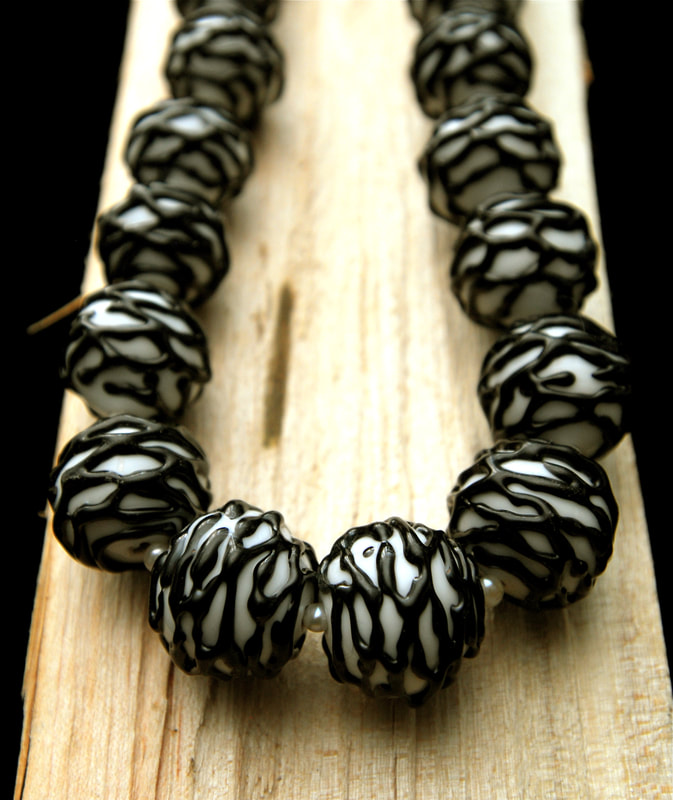
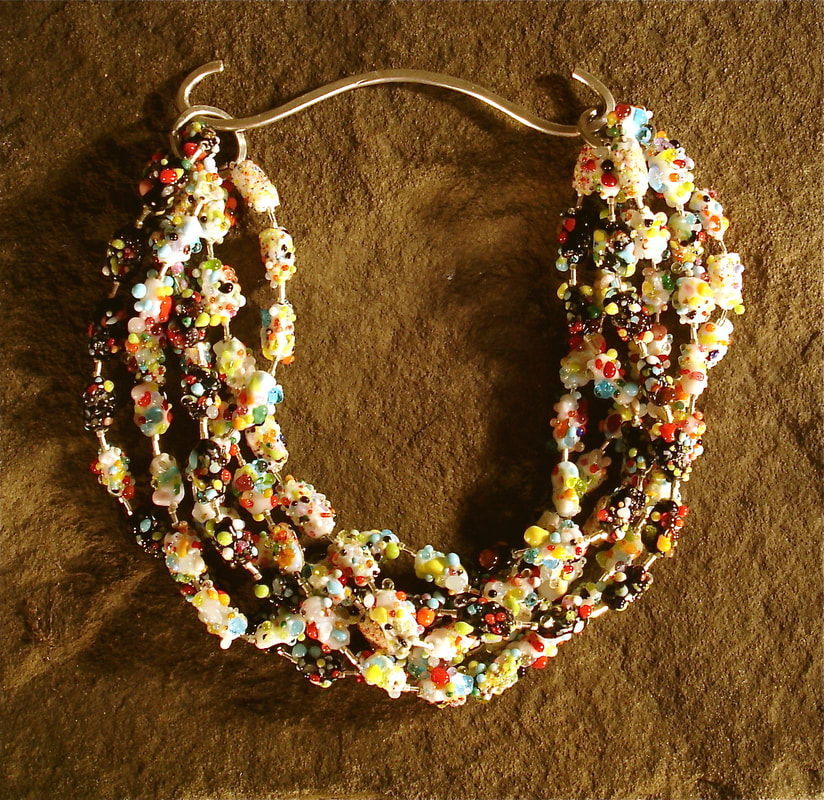
Julia, love having you share your insights with us. Before we ask you more questions, maybe you can take a moment to introduce yourself to our readers who might have missed our earlier conversations?
I have been a creative person since the time I could remember. It is as essential to me as breathing. Although always actively creative, it was not until after I got married and had my son, that I began to focus on art making as a profession. A love of learning is a constant for me, and I have switched/cycled my focus in terms of medium, many times. Because learning is so thrilling to me personally, I have been drawn to the experience of teaching others. Incredible inspiration can be derived from observing the choice making of students – the energy that comes from the joy of creation is truly infectious and builds synergistically. I have taught in a variety of modalities, from privately, to workshop settings, to college level instruction. When an opportunity arises (even if I am not sure exactly what I am doing), I say yes. Most recently, I became involved in the larger world of art as it relates to commercial gallery management and art leagues/societies.
I can not overstate the significance of the investment in foundational equipment. The acquisition of kilns, unbeknownst to myself, would significantly influence my development and exploration throughout my creative life. Initially, I purchased a kiln to anneal torch-worked glass. I then acquired kilns to slump and fuse glass, to enamel and to work with precious metal clay. My kilns continue to be the heart of my studio and I have massively enjoyed the many ways in which they can be employed as a creative and transformative tool.
In spite of the broad spectrum of media in which I have played, I do feel there are some thematic trends that emerge and connect, pointing towards a particular creative identity. In my 30s, I established myself as a sculptural glass jewelry artist. Although I have moved away from glass as well as jewelry at times, my audience and patrons have continued along with me. I have lived in Buffalo most of my life and have been grateful for the ongoing support of friends and the community at large.
As I am self taught, I make many mistakes and am forced to shift from my original intentions and creatively work through and elevate the unexpected. I enjoy working in materials that are considered by the art establishment to be “lesser” – for example, those relegated to “children’s or women’s crafts” – and pushing the potential of these media. I love surprising people. I’ve done extensive work in plastic shrinky dink and perler beads and have had some of these pieces accepted to juried museum exhibits. I have included photos of portraits of my son, William, done in these children’s media and exhibited at the Burchfield Penney Art Center.
Decades of working with and coming to understand the idiosyncrasies and properties of “materials” has made me uniquely qualified to do restoration. Most recently, I have been repairing and transforming broken found objects. These objects then may be placed into a tableau or a piece of jewelry which diverges significantly from their original intended purpose. It is immensely satisfying to bring a discarded object back to life and to then discover its potential for story telling.
Another recent change in perspective for me that may be helpful to share with others is the importance of signing work. I have believed my work would be recognizable as my own and that a signature was a disruption and a sort of marring of the piece. There was an uncomfortable egotism that was bound up in the signature. I still fill the same way, but the benefits of attribution override these concerns. My shift towards signing my work is surely related to my aging as I begin to contemplate the legacy of my life’s efforts. Many pieces have left my hands without attribution but what remains in my personal collection, I have been cataloging and marking with my name. Finally!
In this day and age, to be the conceiver, creator and distributor of your own work, is indeed, rare. For the sake of efficiency, most people’s efforts are compartmentalized and they experience only a small slice of an overall process. The immense energy required to manage all aspects of the experience of “artist” particularly once you begin to share your work with the world is, in my opinion, well worth the sacrifice. Do it for as long as you are able!
I fear that there will be fewer opportunities for artists in the future and that this will lead to even less people attempting to work in creative fields. As I described previously, I was fortunate to grow up in an environment in which the adults closest to me, understood the value of cultural endeavors and believed specifically in my capacity to create. I then married my husband who has continued to unconditionally support me efforts. I have been beyond fortunate in the opportunities I have had and hope to pass on some of that love and support to others who are moved to create.
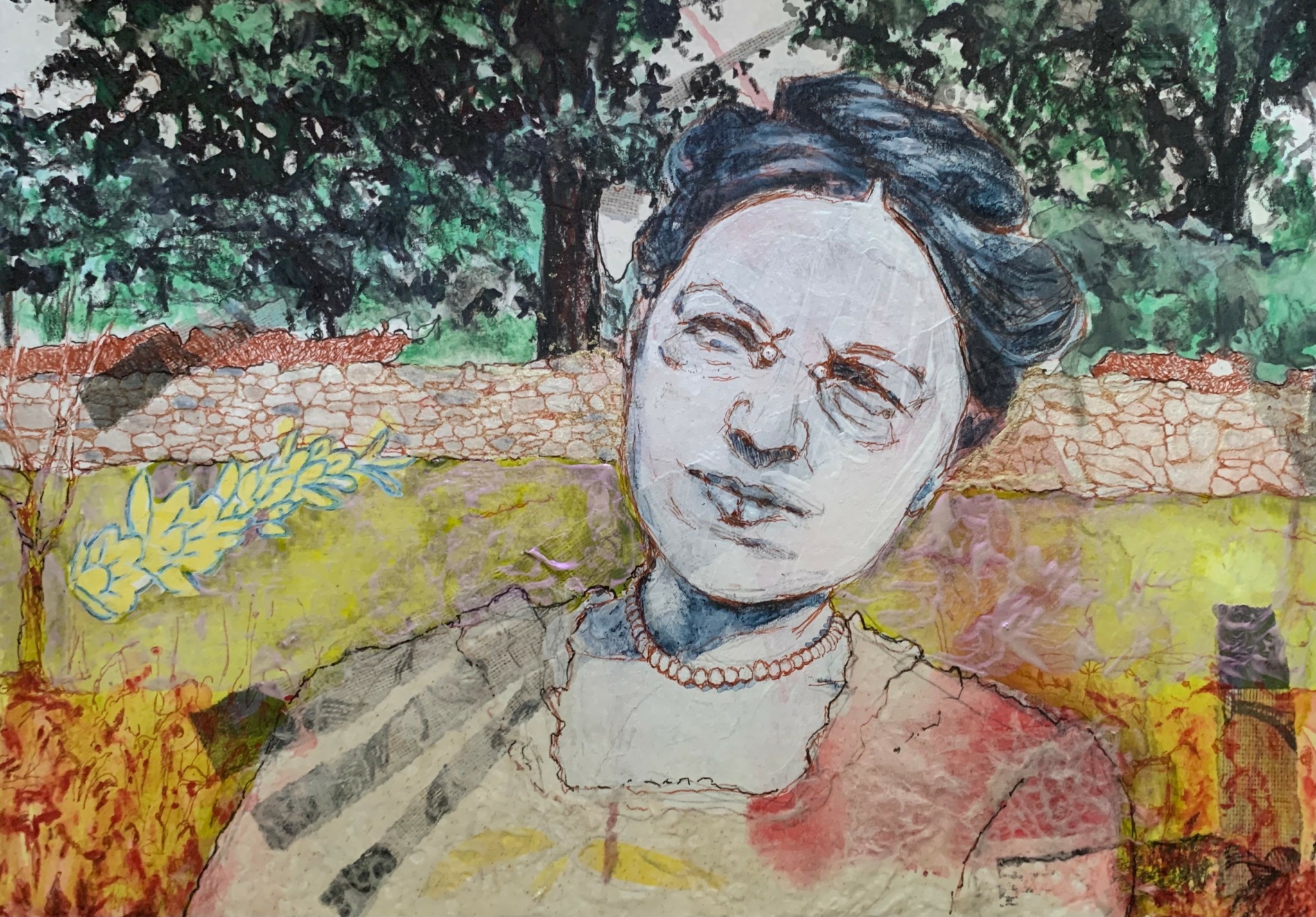
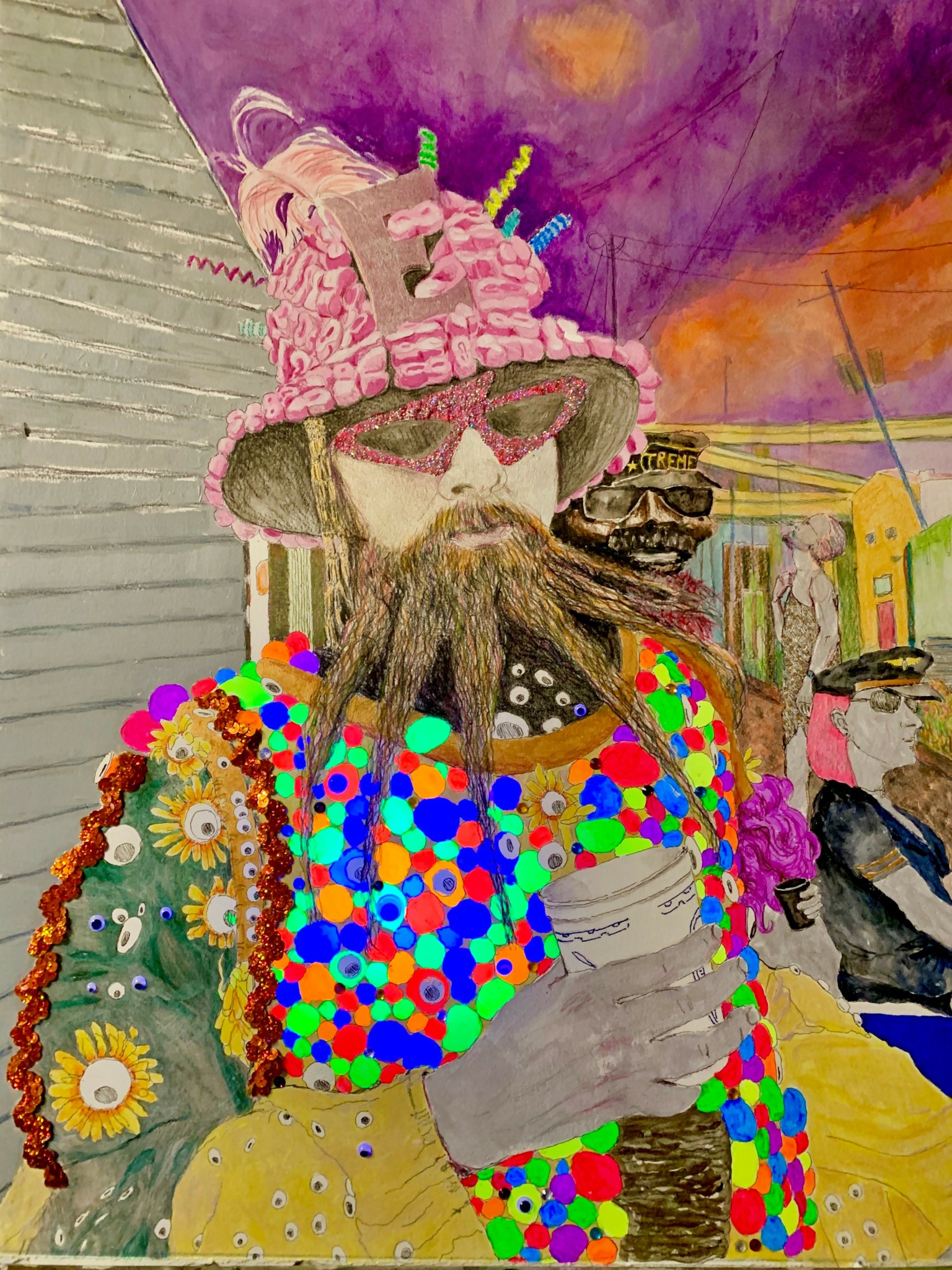
What can society do to ensure an environment that’s helpful to artists and creatives?
I ask that people consider what life would be like without the work of artists. In my opinion, it is the efforts of creative people that make life worth living – for everyone. Whether that be music, a book, a beautifully knit sweater, a garden, a portrait or an innovative building. The denigration of efforts that do not immediately make money, don’t make terrific amounts of money or do not have a utilitarian function, has been a trend in this country for decades and I feel it is only becoming more strident. Compared to sports, for example, the arts receive a minute fraction of financial support/interest from our society at large. I am not being dramatic when I say that other than pop music, the arts are on the verge of extinction in the United States.
It is a reasonable question to ask that once the knowledge and tradition of art making has disappeared, is it gone for good? In our short recorded history, civilization does have ebbs and flows, droughts and golden eras of artistic achievement. Great periods of art making do tend to coincide with periods of overall economic success and political stability. We may be headed into a creative dark ages. From my personal experience, certain humans are genetically configured to create and I suspect that coding will survive a period in which society in general forgets the value of art and artists.
What can we do now? Vote for school boards that support art/music programs for their students. Vote for politicians that understand the importance of funding the arts as well as liberal arts education in general. Support artists by buying their work. Donate to organizations that provide art and music instruction to children. Attend cultural events. There are many small day to day actions that can cumulatively help slow down the attrition of interest in creative endeavors.
A long shot to be sure, but in our current times of “America First”, might there be an effort to convince leaders that one of the hallmarks of a society in its ascendancy, is a flourishing artistic culture?
It may feel as though the arts are becoming extinct along with our more vulnerable species of plants and animals, and although this is a depressing prospect to be sure, I suggest talking with other people about how this loss affects you and the world. Some may begin to imagine or recognize the descent of humankind into a purely utilitarian and transactionally driven landscape. I believe you will find you are not alone in your concern, and there is wry compatriotic comfort in knowing that other people are also recognizing that the ship may be slipping below the surface of the water. Life is truly a mystery, best done with good companions and the will to create.
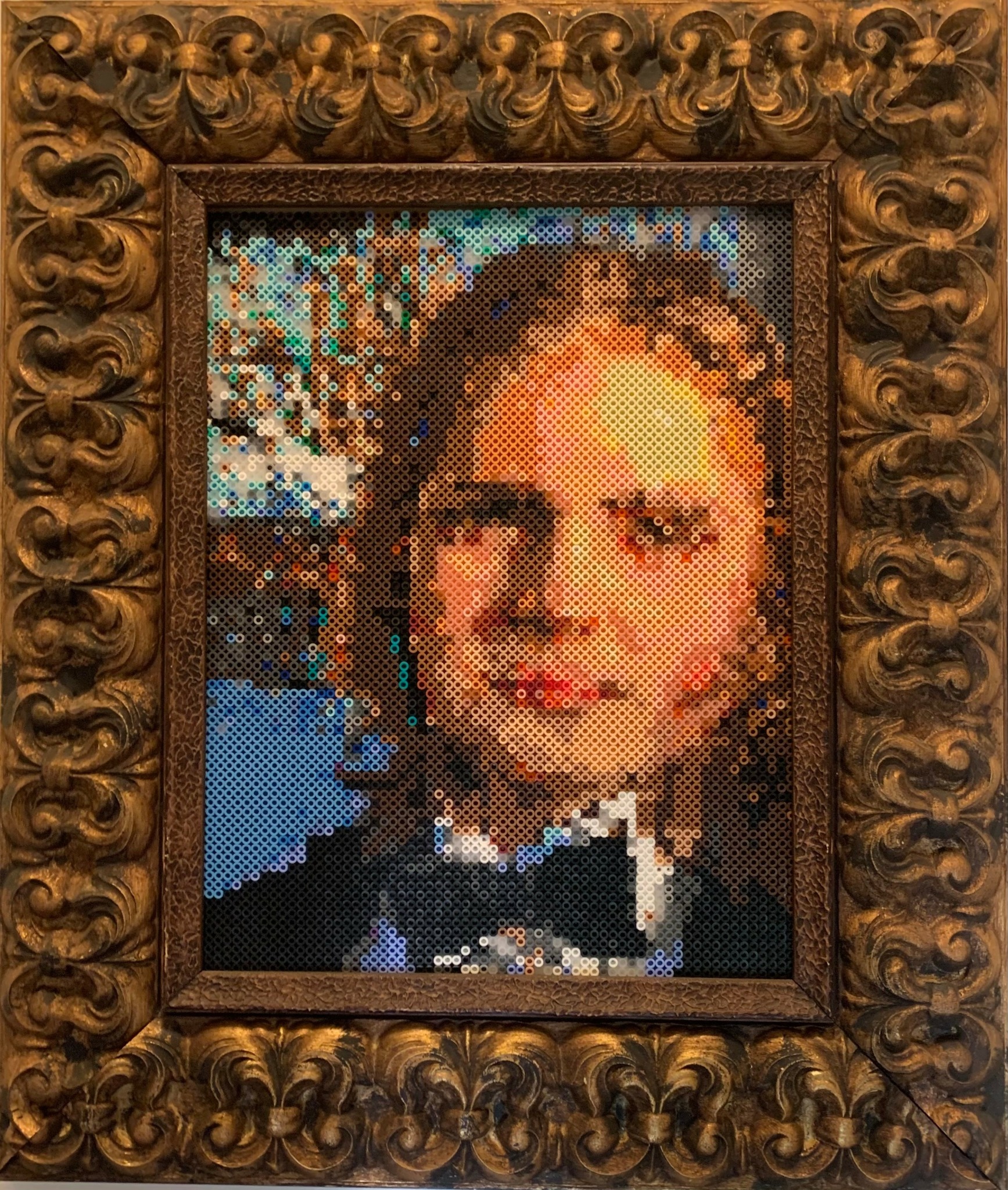

What’s the most rewarding aspect of being a creative in your experience?
There are many rewarding aspects to being a creative and I will describe a few of my favorites. For one, the flow state of being in a creative space is both relaxing and invigorating. Creating has been a formidable means of addressing tragedy and grief and has assisted me in finding meaning within the aftermath of a loss. Being a creative actor has instigated a lifetime of learning and discovery, in particular as I discover the working characteristics of materials. Another deeply satisfying aspect of being an artist is witnessing my own personal growth. It is fundamentally affirming to know that as an individual, I have the capacity to learn and change. Being a creative has also brought me into contact with other artistic people who happen to be some of my favorite humans. We challenge, inspire and support one another.
Contact Info:
- Website: https://juliaskopartist.com
- Other: www.galleryatduende.com


Image Credits
Julia Skop


